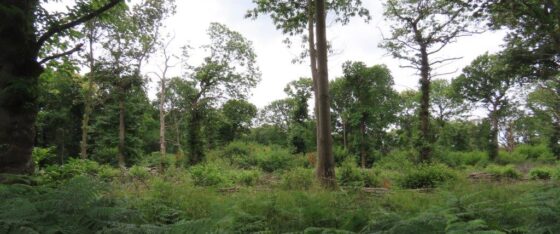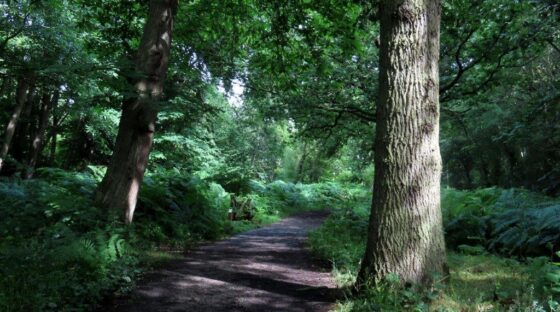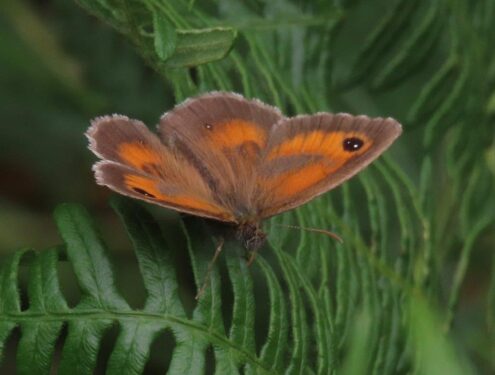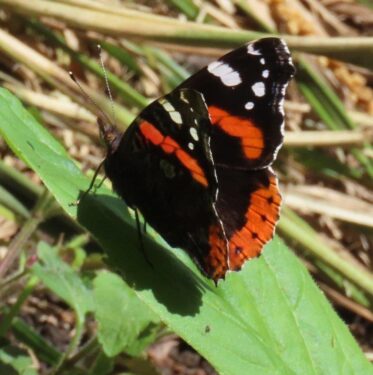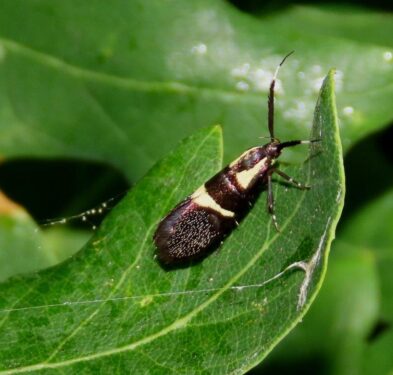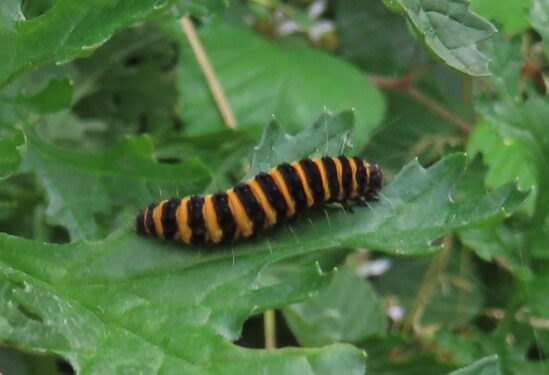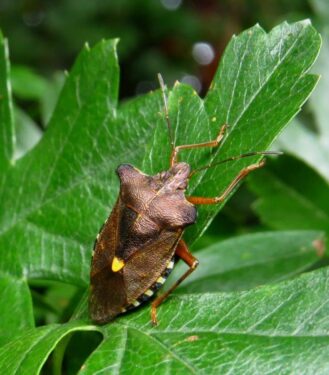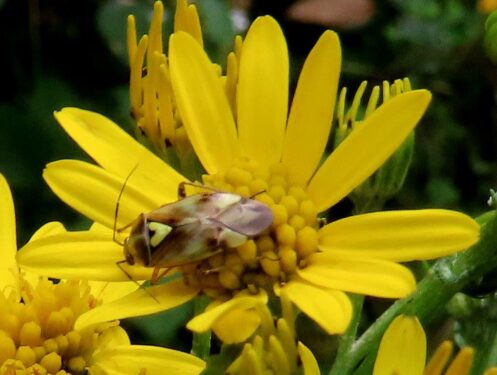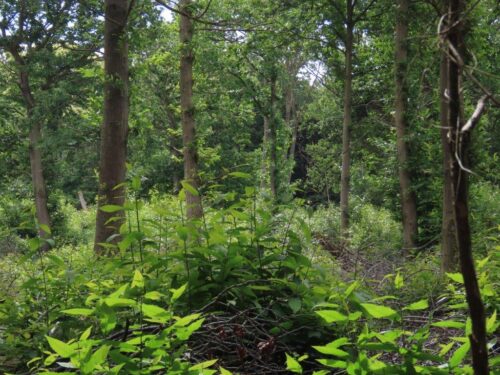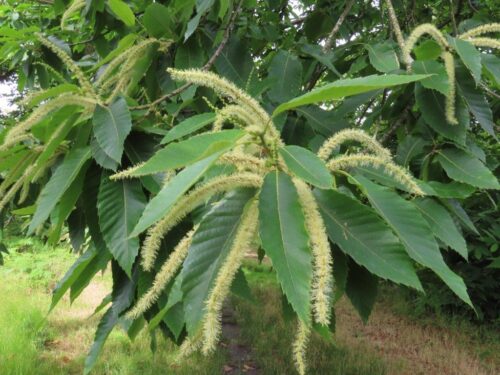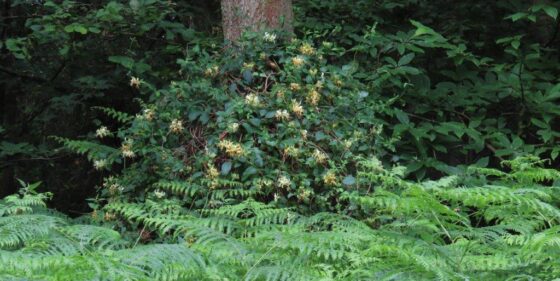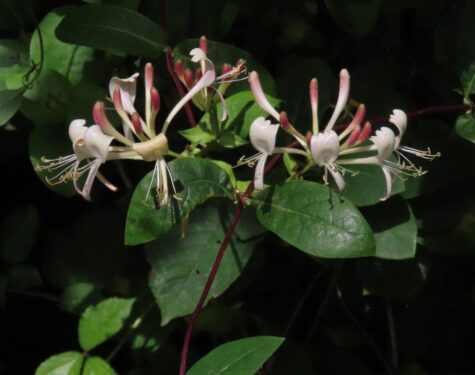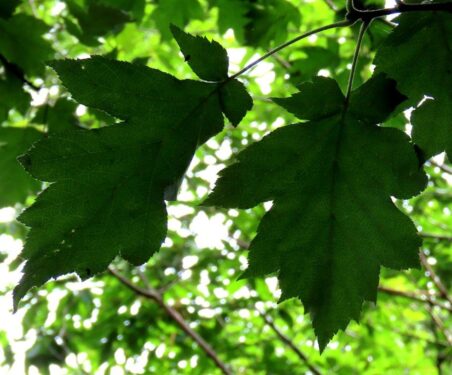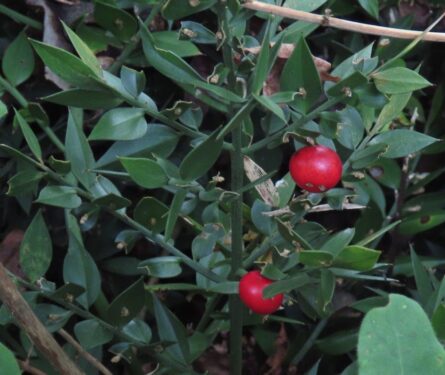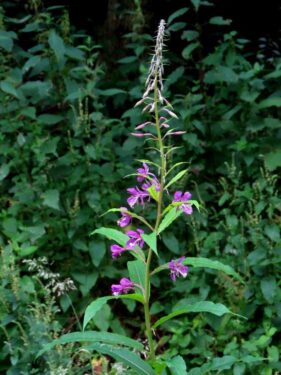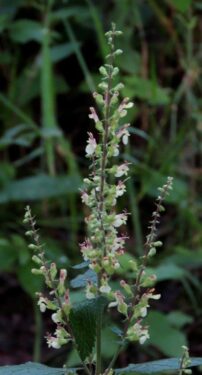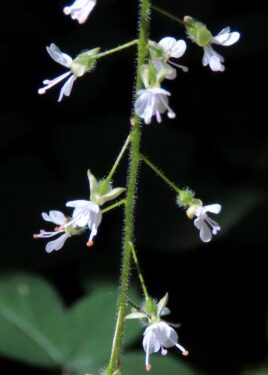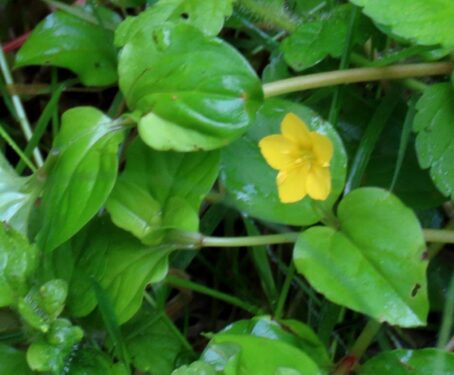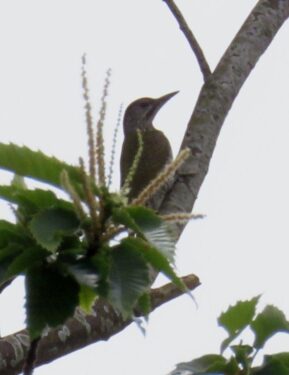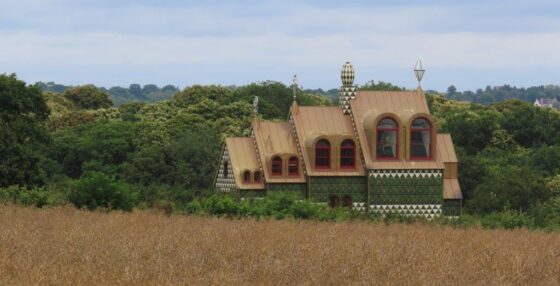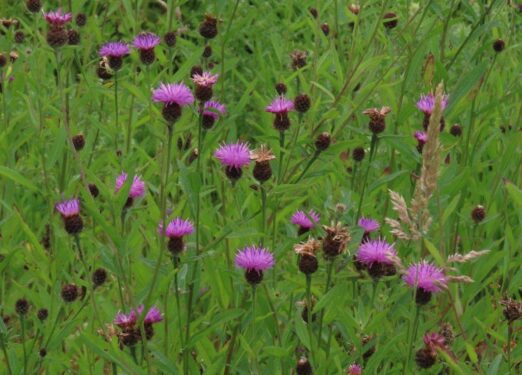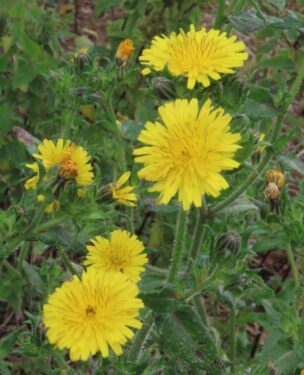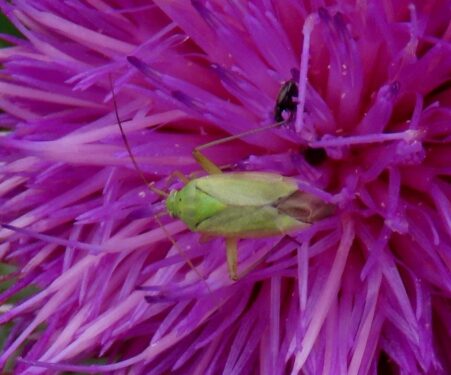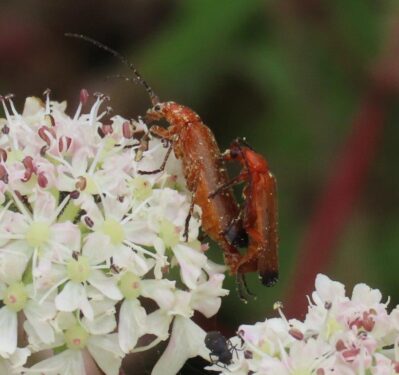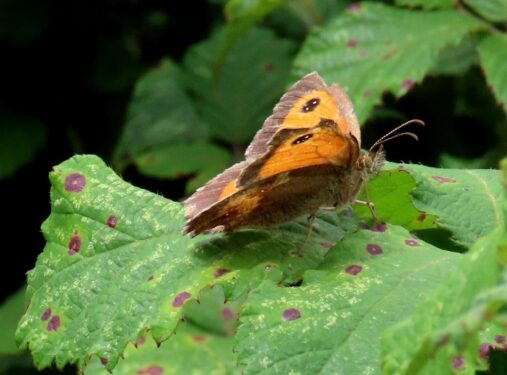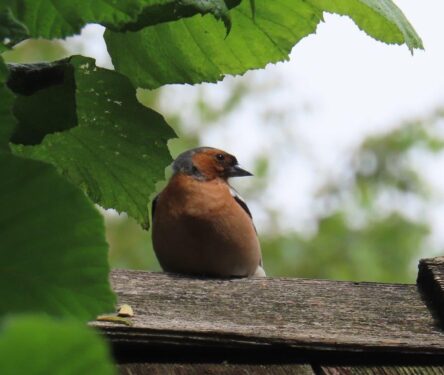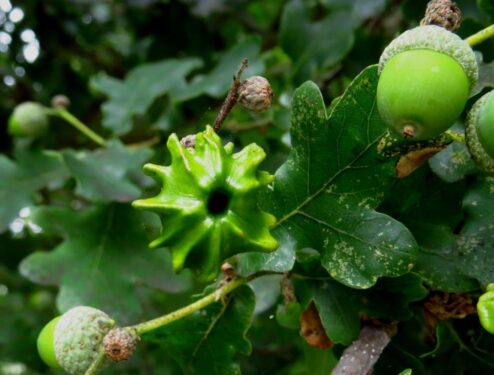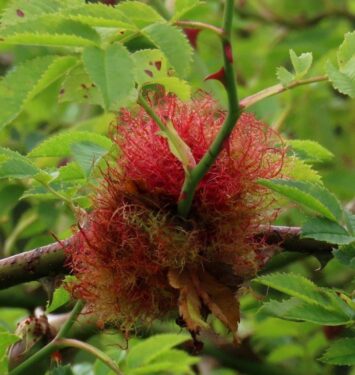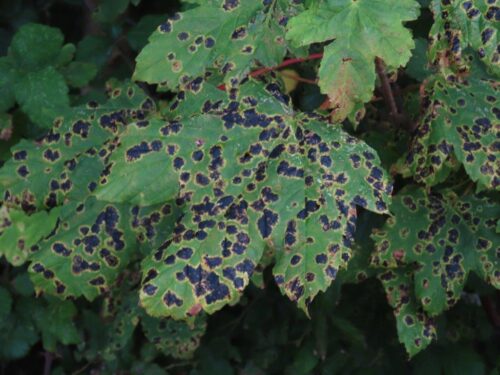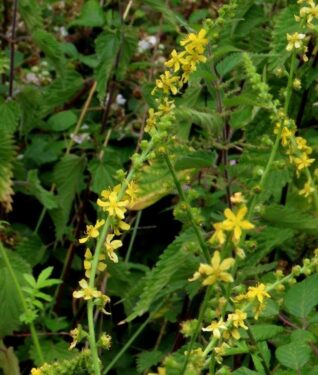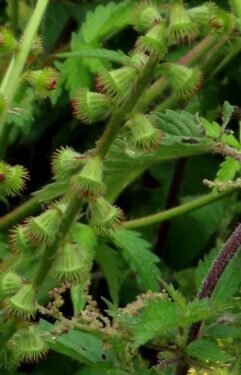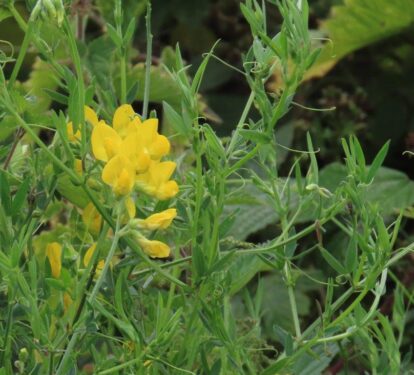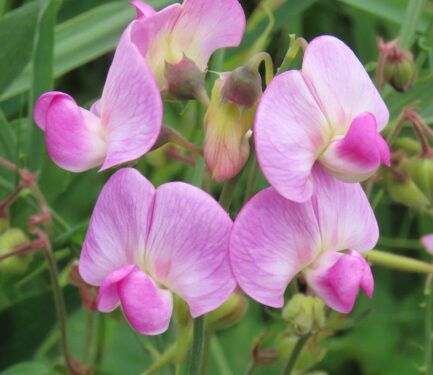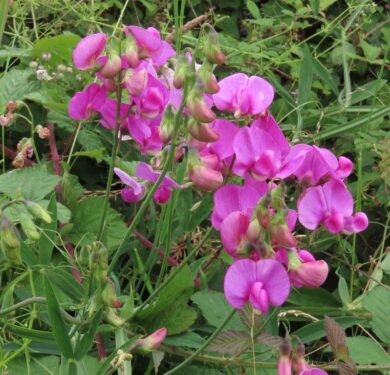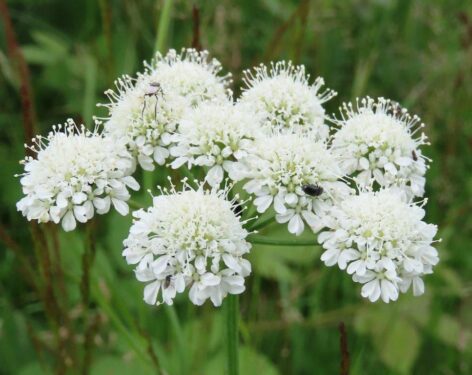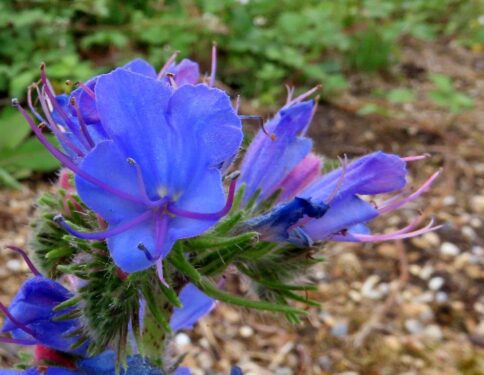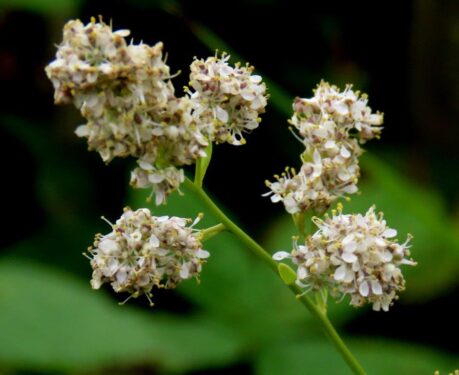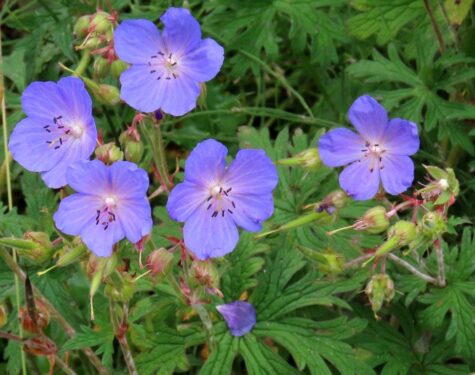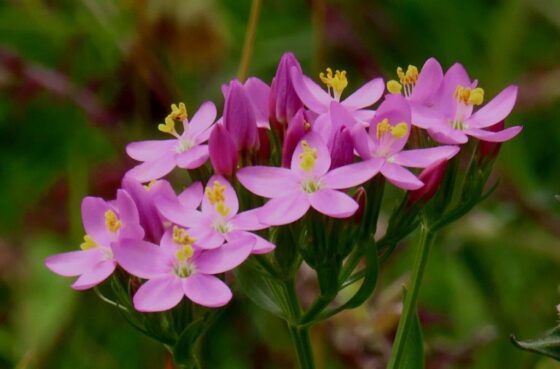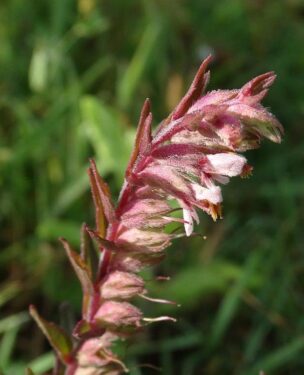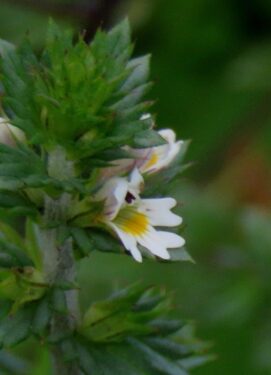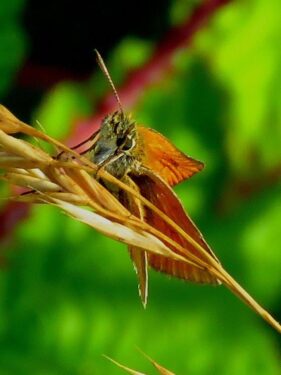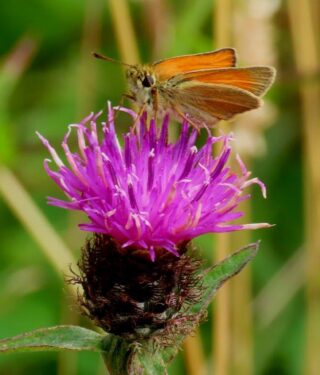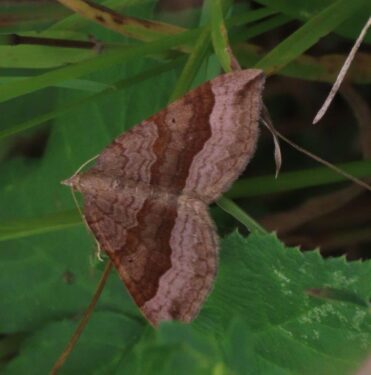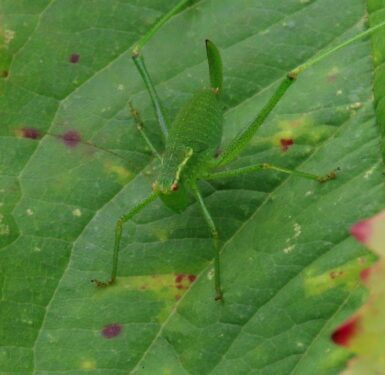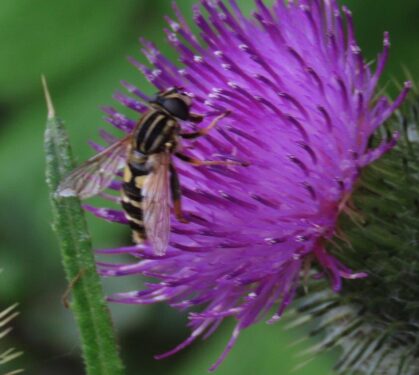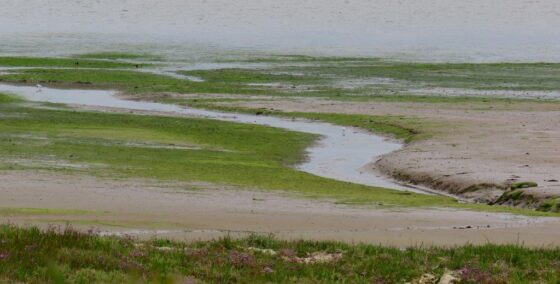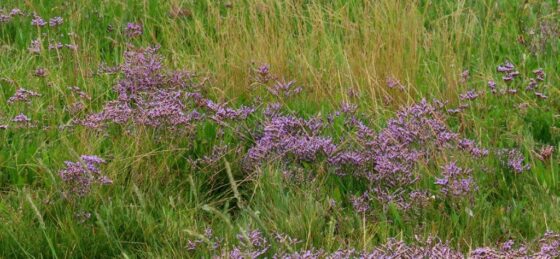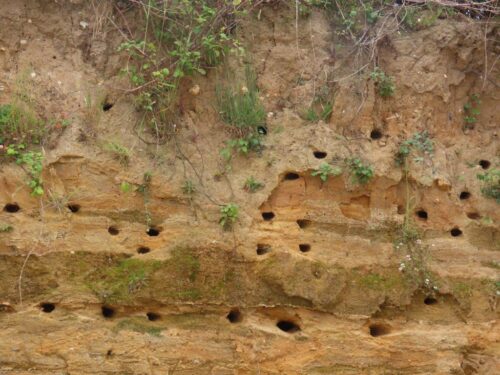A select group of Naturetrekkers gathered at Wrabness for our now-traditional high summer amble around the southern shore of the Stour. The forecast was poor (no surprise, this IS 2024!) but the rain largely held off, and at times it was sunny, warm and humid, although with a brisk breeze away from the shelter of trees.
A look at the immediate weather prospects made me change my plans for the day around, so we started off at Stour Wood RSPB reserve. Long after the ‘best’ time for the woods (with spring flowers and birdsong), our primary target was summer woodland butterflies. It all started well along the first ride with half a dozen Silver-washed Fritillaries (although flitting and flirting high in the canopy) and a fleeting fly-past White Admiral. So no photos …
But after that, none. And indeed apart from a few Meadow Browns, a very few Gatekeepers and Ringlets, and single Red Admiral and Comma, that was just about it for butterflies. This summer’s abysmal dearth of butterflies continues.
In fact insects generally were sparse. Highlights included the Scare Forest Tubic micromoth and tiger-striped caterpillars of Cinnabar…
… a Forest Bug, with a plant bug Lygus pratensis on a Ragwort head.
The main tree in the wood, Sweet Chestnut, was really showing off, with cascades of catkins, each producing their characteristic mushroomy odour, and attracting at least a few passing flies.
Honeysuckle, the food plant for White Admiral, was festooning the edges of the coppices, and in full bloom:
Other trees and shrubs were indicators of the ancient origins of the woodland, probably continuously wooded since the retreat of the last Ice Age: Wild Service-tree and Butcher’s-broom.
And in the gloom of the summer wood, just a few flowers in evidence, including Rosebay Willowherb, Wood Sage, Enchanter’s-nightshade and Yellow Pimpernel. At least enough to demonstrate the approach used in our brand new WildGuide!
Few birds were in evidence, apart from ever-singing Wrens, seeping Treecreepers and several yaffling Green Woodpeckers.
A short walk around the adjacent fields took us past the remarkable House for Essex, the brainchild of Grayson Perry. Marmite to the community, but personally I love it, especially now that the lustre of its first decade has become muted and moulded it into its surrounding landscape.
Conservation field margins had plenty of Common Knapweed, Prickly Ox-tongue, Hogweed and Wild Carrot, but sadly few insects again, there was a bug Closterotomus norvegicus and rather a lot of Hogweed Bonking-beetles, doing what they say on the tin! And more Gatekeepers…
Swallows were twittering overhead, no doubt finding sustenance around the stables, while a Linnet, Goldfinch and Greenfinch sang side-by-side of a roof-ridge and just a few hundred metres the finch songscape was filled out with a Chaffinch.
Moving then to the Wrabness Nature Reserve (Essex Wildlife Trust), we entered a very natural-looking but essentially brownfield reserve. Patches of trees and scrub held at least three singing Turtle Doves. Once the sound of our summer, this is pretty much their last outpost in Essex… The trees and bushes also provided us with gall interest (Knopper Galls on acorns, and Robin’s Pincushions on Dog-rose) as well as leaf blemishes and spots, including Sycamore Tar-spot.
Being brownfield, the site showed a vast range of floral interest, including Agrimony (in flower and seed), Common Toadflax, many legumes including Meadow Vetchling and Broad-leaved Everlasting-pea, the latter in an array of colour shades …
… less frequent species locally, like Corky-fruited Water-dropwort, Viper’s-bugloss, Dittander and Meadow Crane’s-bill…
… and everyone’s favourite, the shell-pink Common Centaury among a couple of parasitic plants, Red Bartsia and Common Eyebright.
There were a few more insects at this site, reflecting its floral diversity, with Essex and Small Skippers, single Six-spot Burnet and Shaded Broad-bar moths, nymphal Speckled Bush-crickets and several Footballer hoverflies.
As a grand finale, it was down to the mudflats of the Stour Estuary, where the tide had now receded. Midsummer is not the best time for estuary birds, off breeding elsewhere, but we saw a Curlew, a few Oystercatchers and Lesser Black-backed and Black-headed Gulls, as well as a Little Egret, all concentrated around a freshwater outflow.
The saltmarshes shone purple under mounds of Common Sea-lavender, and a good day was brought to a fitting end sitting among a Sand Martin colony. At least 150 on the wing included some juveniles, as the adults busied with starting second broods, a twittering, trilling cloud that ebbed and flowed with action, until a late afternoon squally shower sent them all indoors. The end!
